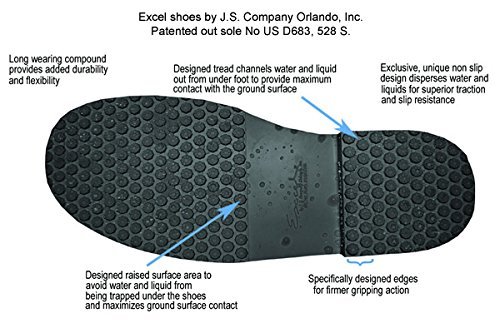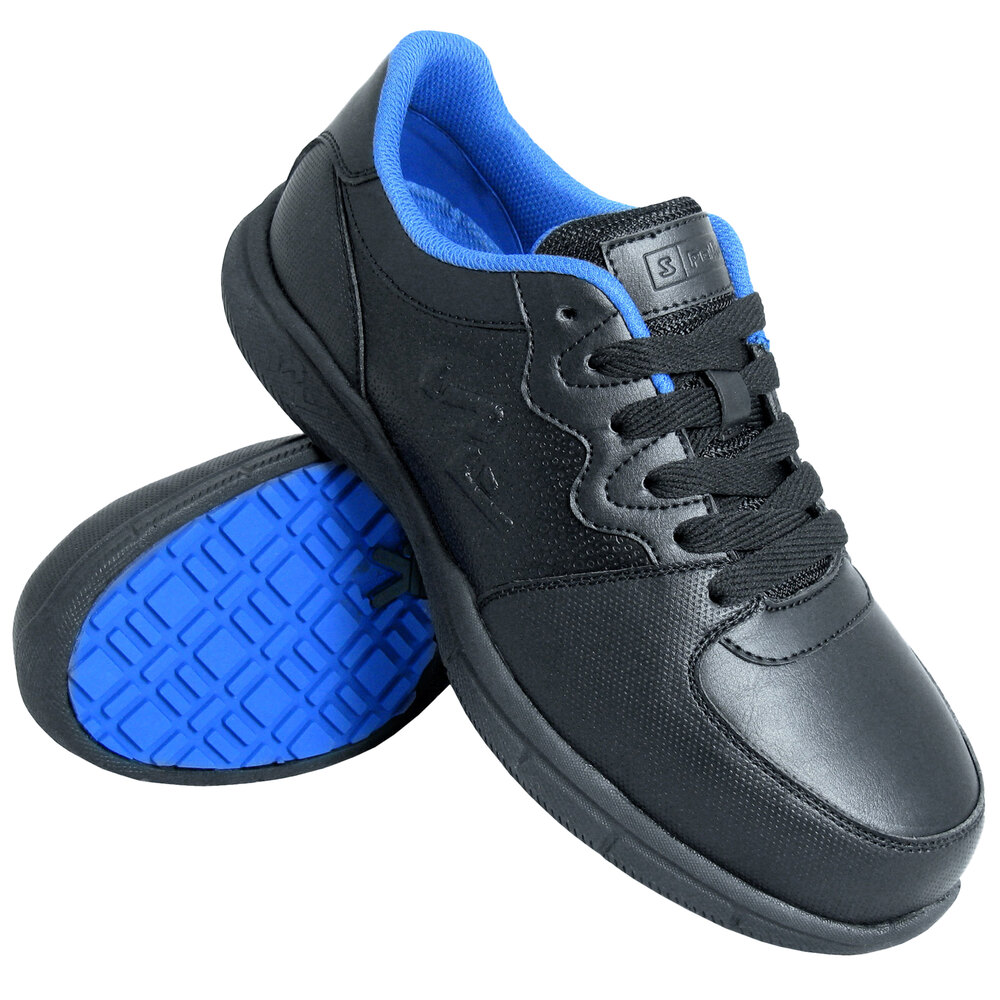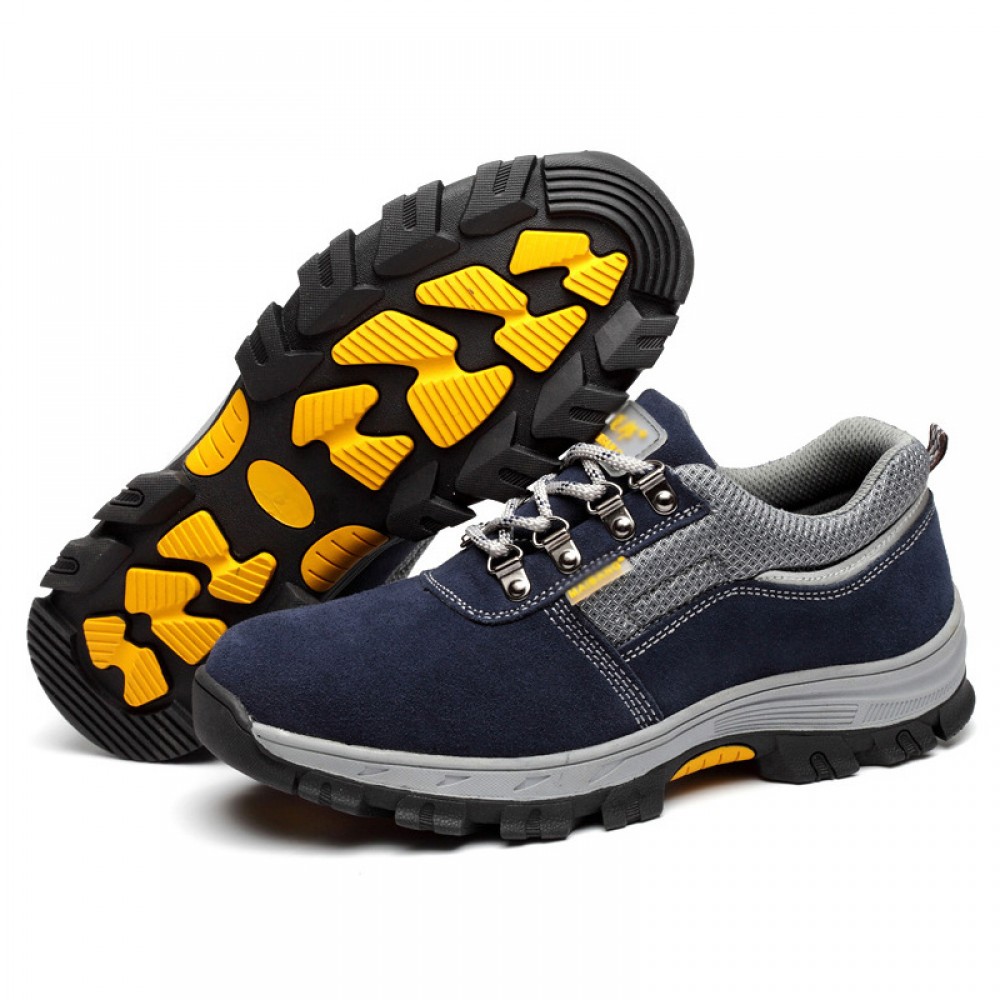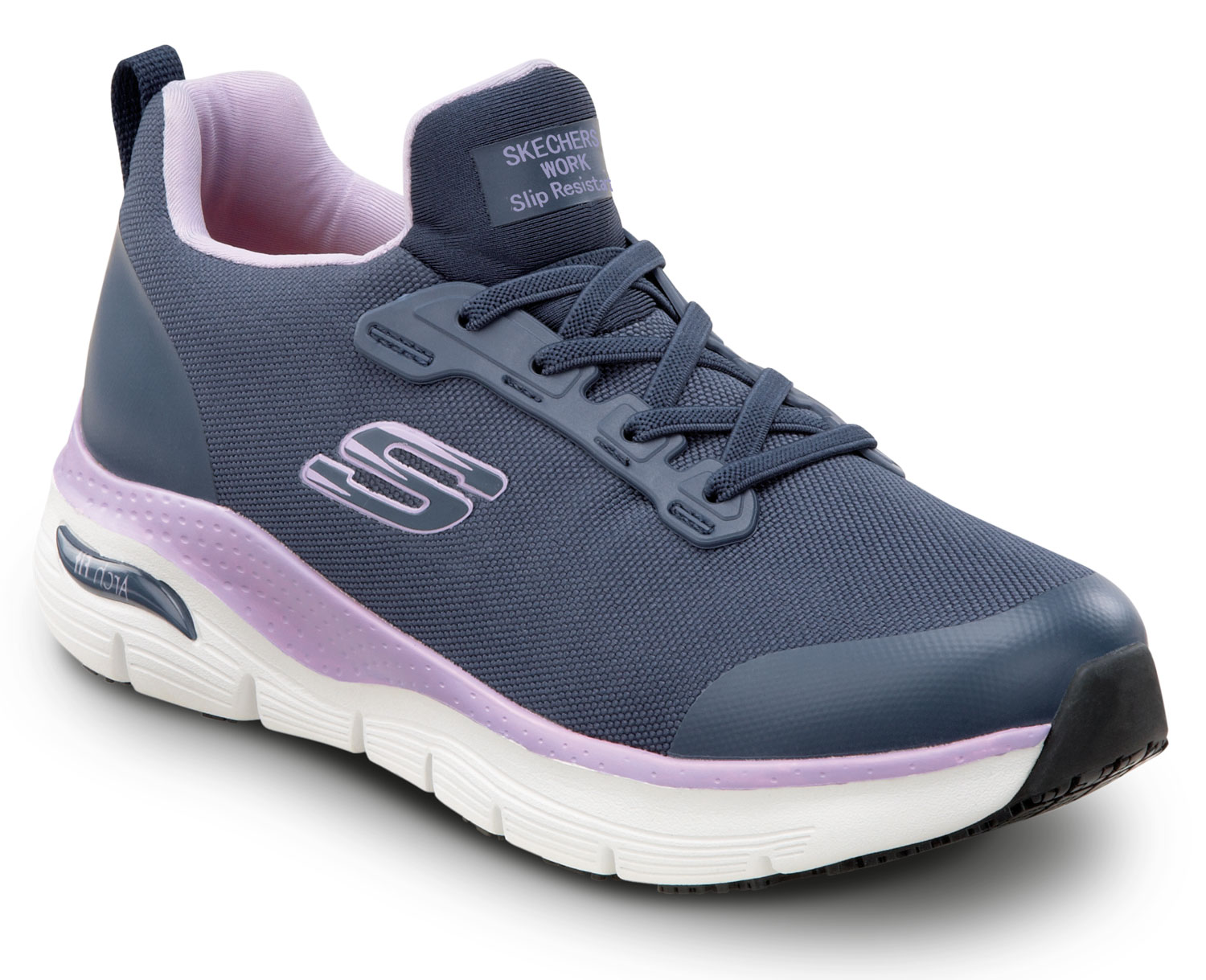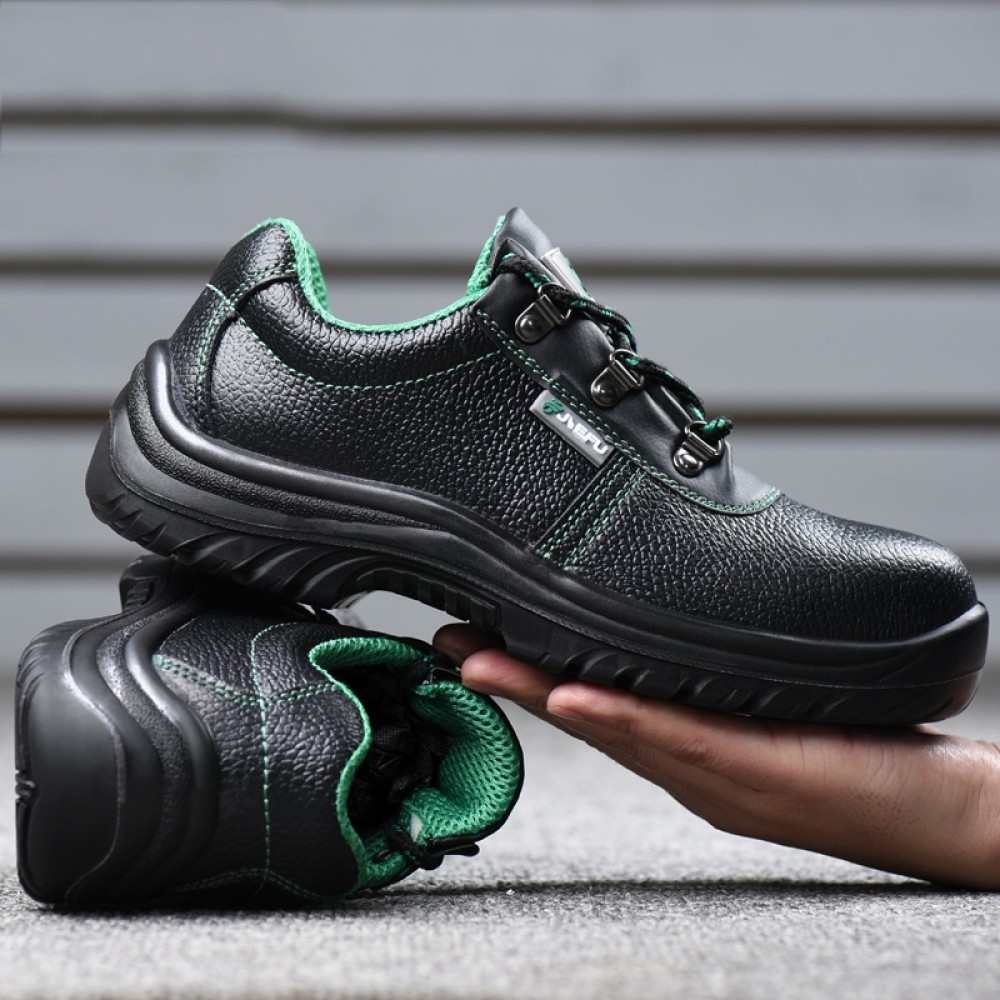Understanding the Importance of Non-Skid Shoes
Slippery surfaces are a common hazard in various industries and daily life, leading to slips, trips, and falls that can result in serious injuries and even fatalities. According to the National Safety Council, falls are the third leading cause of unintentional injury deaths in the United States, with over 32,000 fatalities annually. One of the most effective ways to prevent these accidents is by wearing non-skid shoes. But what are non-skid shoes, and why are they so crucial in ensuring safety? Non-skid shoes are specifically designed to provide traction on slippery surfaces, reducing the risk of slips and falls. They are made with unique tread patterns, materials, and designs that work together to increase friction, grip, and stability. By wearing non-skid shoes, individuals can significantly reduce their risk of injury and ensure a safer working or living environment. In fact, studies have shown that non-skid shoes can reduce the risk of slips and falls by up to 50%. With the risks associated with slippery surfaces being so high, it’s essential to understand the importance of non-skid shoes and how they can help prevent accidents.
How to Choose the Right Non-Skid Shoes for Your Needs
Selecting the appropriate non-skid shoes is crucial in ensuring safety and preventing slips, trips, and falls. With various types of non-skid shoes available, it’s essential to consider factors such as occupation, work environment, and personal preferences when making a purchasing decision. For instance, individuals working in the healthcare industry may require non-skid shoes with antimicrobial properties to prevent the spread of infections. On the other hand, those working in the construction industry may need non-skid shoes with heavy-duty outsoles to provide extra traction on rough surfaces. When choosing non-skid shoes, consider the type of outsole material, such as rubber, PVC, or polyurethane, as each provides unique benefits and drawbacks. Rubber outsoles, for example, offer excellent grip on wet surfaces but may be less durable than PVC outsoles. Additionally, consider the tread pattern, as some non-skid shoes feature unique designs that provide extra traction on specific surfaces. By taking these factors into account, individuals can select non-skid shoes that meet their specific needs and provide optimal protection against slips, trips, and falls.
The Science Behind Non-Skid Technology
Non-skid shoes owe their effectiveness to a combination of innovative materials, designs, and tread patterns that work together to provide traction on slippery surfaces. At the heart of non-skid technology lies the concept of friction, grip, and stability. Friction refers to the force that opposes motion between two surfaces, while grip refers to the ability of a shoe to maintain contact with a surface. Stability, on the other hand, is the ability of a shoe to resist slipping or sliding. Non-skid shoes are designed to maximize friction, grip, and stability, thereby reducing the risk of slips and falls. The unique tread patterns on non-skid shoes, for instance, are designed to channel water and other liquids away from the surface, allowing for better grip and traction. The materials used in non-skid shoes, such as rubber, PVC, or polyurethane, are also carefully selected for their ability to provide optimal grip and friction. Additionally, the design of non-skid shoes often features a low center of gravity, which helps to improve stability and balance. By understanding the science behind non-skid technology, individuals can appreciate the importance of wearing high-quality non-skid shoes in various industries and daily life. What are non-skid shoes, exactly? They are a vital component of a comprehensive safety strategy, and their effectiveness is rooted in the innovative technology that drives their design.
Top Brands and Models for Non-Skid Shoes
When it comes to selecting the right non-skid shoes, it’s essential to consider top brands and models that offer high-quality products with excellent traction and durability. Dr. Martens, for instance, is a popular brand that offers a range of non-skid shoes with rubber outsoles and unique tread patterns. Their Ironbridge line, in particular, is designed for industrial use and features a slip-resistant sole that meets international safety standards. Timberland is another well-known brand that offers non-skid shoes with rugged outsoles and comfortable designs. Their PRO Boondock line, for example, features a lugged outsole that provides excellent traction on slippery surfaces. New Balance is another brand that offers a range of non-skid shoes, including their popular 626v2 model, which features a slip-resistant outsole and a comfortable, breathable design. When selecting a brand and model, it’s essential to consider factors such as occupation, work environment, and personal preferences. Reading customer reviews and product descriptions can also help individuals make informed purchasing decisions. What are non-skid shoes, exactly? They are a vital component of a comprehensive safety strategy, and selecting the right brand and model can make all the difference in preventing slips, trips, and falls.
Industries That Benefit from Non-Skid Shoes
Certain industries pose a higher risk of slips, trips, and falls due to the nature of the work environment. Healthcare professionals, for instance, often work in hospitals and clinics where floors can be slippery due to spills, cleaning products, or other substances. Non-skid shoes can help prevent accidents and ensure that healthcare workers can focus on providing quality care to their patients. In the food service industry, non-skid shoes are essential for kitchen staff, servers, and bartenders who work in environments where floors can be slippery due to grease, oil, or water. Construction workers, manufacturing personnel, and warehouse staff also benefit from non-skid shoes, as they often work on uneven or slippery surfaces. What are non-skid shoes, exactly? They are a vital component of a comprehensive safety strategy in these industries, and can help mitigate risks associated with slippery surfaces. By investing in high-quality non-skid shoes, employers can demonstrate their commitment to worker safety and reduce the risk of accidents and injuries. In addition, non-skid shoes can also help reduce worker’s compensation claims, medical expenses, and lost productivity due to accidents.
Non-Skid Shoes for Everyday Life
In addition to their importance in various industries, non-skid shoes also play a crucial role in daily life. Many individuals work or live in areas with slippery surfaces, such as kitchens, bathrooms, or outdoor spaces, where the risk of slips, trips, and falls is higher. What are non-skid shoes, exactly? They are a vital component of a comprehensive safety strategy in daily life, and can help prevent accidents and injuries. For instance, individuals who work from home or have elderly family members living with them can benefit from wearing non-skid shoes to reduce the risk of falls. Similarly, people who enjoy outdoor activities, such as hiking or gardening, can wear non-skid shoes to provide traction on uneven or slippery surfaces. To incorporate non-skid shoes into daily routines, individuals can start by identifying areas in their home or workspace where slippery surfaces are present. They can then choose non-skid shoes that meet their specific needs, such as shoes with rubber outsoles for kitchen work or shoes with deep treads for outdoor activities. By making non-skid shoes a part of their daily routine, individuals can reduce the risk of accidents and injuries, and enjoy a safer and healthier lifestyle.
Maintenance and Care for Non-Skid Shoes
To ensure that non-skid shoes continue to provide effective traction and prevent slips, trips, and falls, it is essential to properly clean, store, and maintain them. Regular maintenance can extend the lifespan of non-skid shoes and guarantee their continued effectiveness. What are non-skid shoes, exactly? They require regular inspection to identify signs of wear and tear, such as worn-out soles or damaged uppers. When inspecting non-skid shoes, look for signs of wear on the outsole, midsole, and upper materials. If the shoes show significant signs of wear, it is crucial to replace them to maintain safety. Additionally, non-skid shoes should be cleaned regularly to remove dirt, grime, and other substances that can compromise their traction. Use mild soap and water to clean the shoes, and avoid using harsh chemicals or abrasive materials that can damage the materials. When storing non-skid shoes, keep them in a cool, dry place away from direct sunlight. Avoid stacking or compressing the shoes, as this can cause damage to the materials. By following these simple maintenance and care tips, individuals can ensure that their non-skid shoes continue to provide effective protection against slips, trips, and falls.
Conclusion: Prioritizing Safety with Non-Skid Shoes
In conclusion, non-skid shoes play a vital role in preventing slips, trips, and falls in various industries and daily life. By understanding the importance of non-skid shoes, choosing the right type for specific needs, and maintaining them properly, individuals can significantly reduce the risk of accidents and injuries. What are non-skid shoes, exactly? They are a crucial component of a comprehensive safety strategy, and investing in high-quality non-skid shoes can have a profound impact on overall safety and well-being. Whether working in a hazardous industry or simply navigating slippery surfaces in daily life, non-skid shoes can provide the traction and stability needed to stay safe. By prioritizing safety and investing in the right non-skid shoes, individuals can enjoy a safer, healthier, and more productive life. Remember, safety is everyone’s responsibility, and wearing non-skid shoes is a simple yet effective way to take control of one’s safety.


